Thank you dear subscribers, we are overwhelmed with your response.
Your Turn is a unique section from ThePrint featuring points of view from its subscribers. If you are a subscriber, have a point of view, please send it to us. If not, do subscribe here: https://theprint.in/subscribe/
The power sector plays a crucial role in economic growth in a developing country like India. India’s ever-increasing demand for electricity is an indicator of growing market size and rising ambitions. Hence, government policies in this field have a large-scale impact ranging from a village household to a global conglomerate in India.
Thermal power meets more than 60% of India’s energy requirement. Coal India Limited (CIL), a Central Government PSU, supplies coal to 130+ thermal power generation plants across various states. The power generated is then transmitted through the grid system before the Power Distribution Companies (Discoms) distribute this power to consumers in their states.
Recently there were many reports on meager coal stocks at thermal power. Some reasons for this shortage were unanticipated high demand post-Covid, steep prices of coal imports, and stagnation in coal mining and transport due to heavy rains disrupting the operation of mines.
There was one more factor, according to the Power Ministry. The state-run power generation companies (GENCOs) did not pay their dues to CIL, and hence it could not replenish its stocks within time. The GENCOs probably would have paid CIL, but they did not receive payments from state-run Discoms as per their power purchase agreements. These Discoms defaulted on their payment to GENCOs due to hefty losses, mainly caused by the mismatch of low and inadequate tariffs and high supply cost. This chain of events is what we call the vicious cycle of electricity socialism!
Most state-run Discoms impose artificially low tariffs because the state governments want to protect the consumers from paying market prices for electricity, an essential good. But these Discoms run into huge losses due to lack of enough revenues, hence they depend on schemes like Ujwal Discom Assurance Yojana(UDAY). UDAY’s key feature was to reduce the AT&C losses of Discoms through takeover of 75% of their debts by their respective states. However, as long as the revenue earning models of Discoms remain unchanged, such schemes fail to bring any significant and sustainable improvement in the operation of Discoms. ICRA, a credit rating agency, reported that the debt levels of Discoms are likely to go up to Rs 6 lakh crores in FY 2022 compared to the Rs 4 lakh crores during pre-implementation of the UDAY scheme in 2016. Ironically, these schemes with minimal or no impact get funded by the taxpayers’ money, whom the low tariffs intended to protect in the first place.
State governments intend to protect sectors like agriculture through power subsidies. Discoms provide electricity to the consumers in such cases and then get reimbursed by the government for these subsidies later. Often, these payments get delayed and cause a liquidity crunch for Discoms, leading to underinvestment in long-term infrastructure development. This, in turn, limits the reliability of uninterrupted power supply, increasing the dependence on diesel-powered generators, which also burns a hole in the pockets of non-subsidized non-rich consumers and industries, especially in MSMEs like textiles and auto ancillaries.
A continuous power supply is a crucial factor for a country’s industrial development. Many cement and steel plants in India have captive power plants to ensure constant power supply and reduce costs of high industrial tariffs. In case of a more reliable electricity supply by the state, these industries could have focused their investments and efforts on their core competencies leading to better outputs and more jobs.
The Indian government attempted to attract foreign companies to set up semiconductor manufacturing units in India through customs duty waivers in 2017 and through an Expression of Interest in 2020. Though India is one of the largest chip markets globally, not a single semiconductor industry showed interest in setting up its unit in India, owing to a lack of uninterrupted and reliable power supply. India aims to become a global leader in Electric Vehicle(EV) manufacturing and replace diesel vehicles with a massive fleet of EVs. But unless the Transmission Grid Companies and Discoms can invest in building their capacities to meet the development and maintenance needs of EV charging infrastructure, there would be volatility in power demand and the grid stability. Hence, the subsidized power is not subsidizing either regular or industrial consumers, and low tariffs are not really protecting anyone. In other words, the GDP that did not increase and the jobs that did not get created are the unseen effects of cross-subsidies, artificial tariffs, and the inefficiencies of India’s power sector.
The current coal crisis might not turn into a major power crisis. Still, it certainly brought attention once again to the fragility of the power sector. Though some policies and schemes appear to support the average poor consumer, the policymakers should monitor their actual outcomes carefully to understand their unintended consequences. When the operational and structural reforms are formulated based on such impact analysis, they are more likely to achieve the intended benefits.
Also read: The energy crisis in India, China that helped revive coal is easing, for now
These pieces are being published as they have been received – they have not been edited/fact-checked by ThePrint.

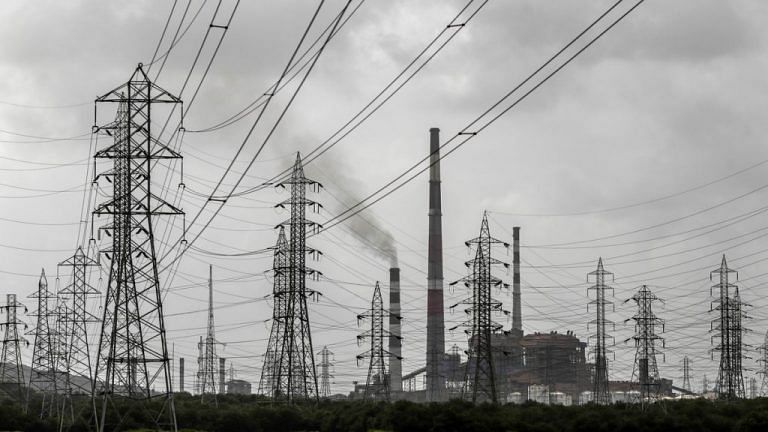
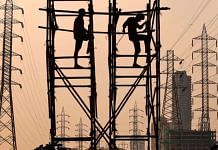
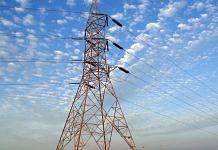
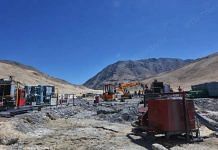

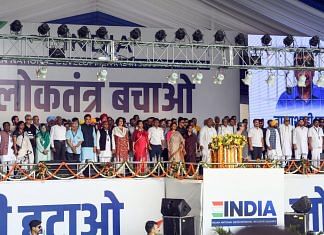



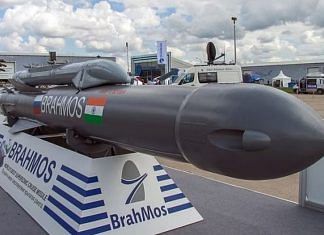
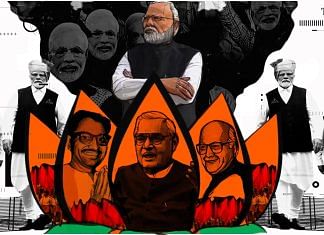
COMMENTS